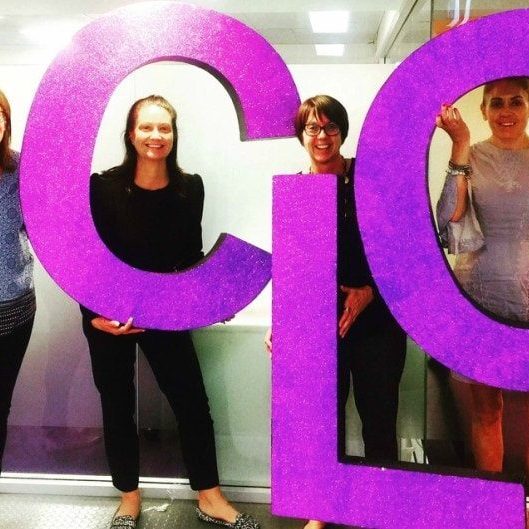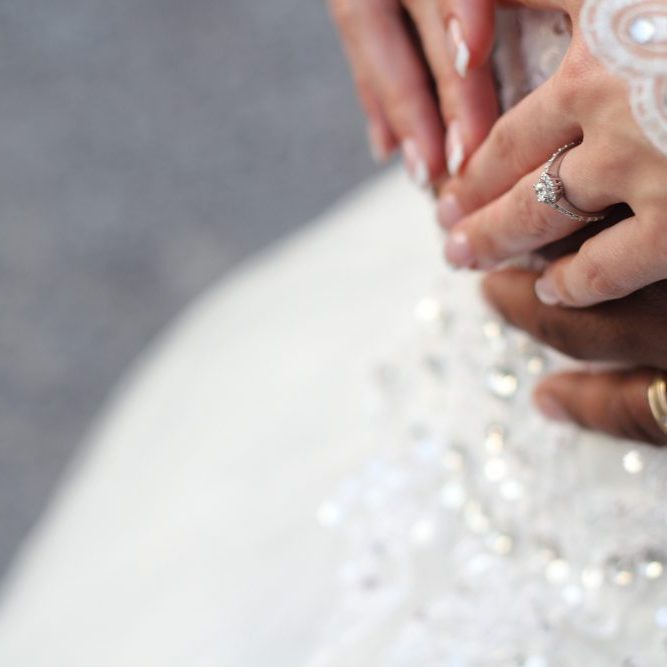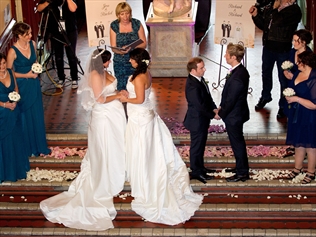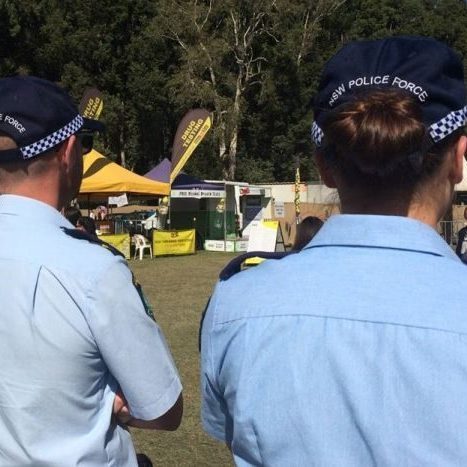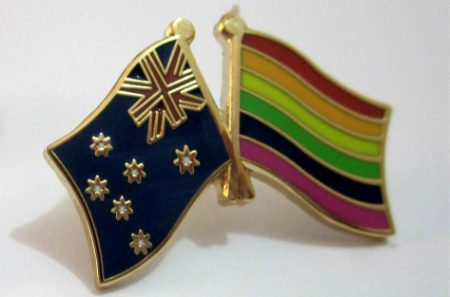 Advice for same-sex couples seeking permanent residency in Australia: Discussing eligibility, applications, and potential downfalls.
Advice for same-sex couples seeking permanent residency in Australia: Discussing eligibility, applications, and potential downfalls.
The pathway to permanent residency can be a confusing process for same-sex couples in Australia.
To guide those of you who are wanting to transit from a temporary visa to a permanent visa and then citizenship if desired, can use this information to navigate the processes of eligibility, criteria, pitfalls, and the application and interview process.
The pathway to a Permanent Partner Visa usually involves two stages. Applicants must first apply for and are granted a Provisional Partner Visa. The Provisional Partner Visa allows the Applicant unlimited work and study rights in Australia, as well as partial access to Medicare benefits.
Approximately two years after the date that the initial application (for a Provisional Partner Visa) is lodged, the Department of Immigration will ask the Applicant and Sponsor to provide further evidence to support the fact they are still in a genuine and continuing relationship.
Provided the Applicant and Australian Sponsor are able to satisfy the Department that they are still in a genuine and continuing relationship, and have been so for the entire provisional period, the Permanent Partner Visa should be approved.
Basic Eligibility Criteria
In order for a same-sex relationship to be recognised for the purpose of applying for a Provisional Partner Visa, the Applicant and Sponsor must satisfy one of the following Basic Eligibility Criteria:
1. Have lived in a de-facto relationship for a minimum period of 12 months; or
2. Have registered their relationship with the relevant state authority (i.e. The Office of Births, Deaths and Marriages (QLD)).
It is important to note that meeting the Basic Eligibility Criteria alone is not sufficient for the grant of the visa. In addition, the couple must also be able to demonstrate to the Department that they are in a genuine and continuing relationship to the exclusion of all others. To do this, the couple must provide evidentiary documentation relating to their shared finances, social standing, the nature of their household, and their commitment to one another.
Making a Valid Application for a Provisional Partner Visa (Stage 1)
In addition to the Basic Eligibility Criteria outlined above, there are a number of other important ‘Time of Application’ requirements that must be met in order for the application to be considered ‘valid’ at the time of lodgement. Unfortunately, failure to meet one of these criteria is likely to result in the application being deemed ‘invalid’, which may, in turn, impact the Applicants lawful immigration status and prevent them from being able to lodge a subsequent application in Australia.
A common ‘Time of Application’ requirement which Applicants often overlook is the need to include at least two Statutory Forms (Form 888) when submitting the initial application. The Statutory Forms (Form 888) must be provided by Australian permanent residents or citizens who are able to confirm the nature and history of the couple’s relationship. Unfortunately, failure to provide two correctly completed Form 888s at the time of application lodgement will result in an application being deemed invalid.
Note: Additional ‘Time of Application’ requirements do apply. If the Applicant (or Sponsor) is unsure of these requirements, we would advise that they meet with a Registered Migration Agent to obtain more detailed information especially as it relates to their specific circumstances.
Downfalls of the Partner visa Scheme to Same-Sex Couples
Unfortunately, civil unions/same-sex marriages are not recognised by authorities in Australia irrespective of their legal standing/recognition in other countries. This is of particular disadvantage to same-sex couples who:
1. Are not able to demonstrate that they have lived in a de-facto relationship for at least 12 months; and
2. Reside in a state or territory of Australia where registration of a de-facto relationship is not obtainable (i.e. WA, SA and NT).
Unlike heterosexual couples, same-sex couples are not able to be considered for the Prospective Marriage Visa (which can be applied for offshore) and therefore often have to rely on other temporary visas for the purposes of joining their partner in Australia up until which time they can satisfy requirements needed to lodge a valid application for a Provisional Partner Visa. Unfortunately, these options can often be expensive or restrictive (e.g. ‘no work’ condition attached to Visitor Visas).
Timeframes
The average processing time for a Provisional Partner Visa varies depending on where the Applicant is located at the time of application lodgement (inside or outside Australia) and their country of origin (high risk or low-risk country of origin).
For example, the Department currently estimates that an application lodged outside of Australia by an Applicant from a ‘high risk’ country is likely to take up to 12 months to process. However, if the same Applicant were to lodge the visa application while they were inside Australia, the processing time would be expected to only take eight months.
There is a common misconception that Applicants must hold the Provisional Partner Visa for a minimum period of two years before they can become eligible for the Permanent Partner Visa (stage 2). This in fact is incorrect; the two-year provisional period is actually calculated from the date that the Provisional Partner Visa application is lodged (not granted).
It is important that the Applicant is aware of these timeframes so that they can properly prepare information/documentation needed to satisfy stage 2 requirements and provide these to the Department when requested, without delay. Once additional documents for stage 2 have been provided to the Department, the average time taken to process the Permanent Partner Visa is 6 to 8 months.
Bridging Visas
If the application for the Provisional Partner Visa is lodged while the applicant is lawfully in Australia, the Department will automatically issue a Bridging A Visa (BVA). The purpose of the BVA is to allow the applicant to continue to remain and work in Australia while the application for the Provisional Partner Visa is being processed.
The BVA will come into effect on the same date that the Applicant’s current visa is due to expire and will remain in effect up until which time the Department has made a decision regarding the application for the Provisional Partner visa. The BVA entitles the Applicant to unlimited work and study rights in Australia, as well as partial access to Medicare benefits.
Note: If the Applicant needs to travel outside of Australia after the BVA has come into effect, they must apply for a Bridging Visa B (BVB) before they depart Australia. The BVB allows the Applicant to re-enter Australia without the need to apply for a Visitor Visa and therefore saves them from having to spend time in Australia on a visa that prevents them from being able to work.
Using a Registered Migration Agent
If you use a migration agent to help with your visa application, it’s important to check they are registered with the Office of the Migration Agents Registration Authority (OMARA). It is illegal for anyone who is not registered to advise on a person’s visa eligibility or provide assistance with an application beyond clerical work (i.e. the completion of formwork).
Registered migration agents are skilled professionals that are required to undertake Continuing Professional Development (CPD) each year, ensuring that they have up-to-date knowledge of Australian migration law. They are also bound by the professional standards set out in the OMARA’s Code of Conduct and must maintain an up to date law library. If you have any issues with a Registered Agent you can make a complaint to the OMARA. On the other hand, an unregistered agent cannot be held accountable by the OMARA if they do not have an appropriate level of knowledge and are negligent or make an error with your application.
This information was supplied by Dr Leesa Swan (MARN 0320603) of the Australian Migration Advisory and is accurate at the time of writing (23/07/14).

